Best student computer in 2022
Finding the best student computer isn’t as easy as you’d expect. This is because you have a number of factors to consider, such as size, power and price when shopping for the best computers that meet all of your needs as a student. There’s a lot to consider, especially if you’re got exams and homework to worry about.
There are many machines to choose from. This can make things difficult enough, but whether you want a Windows PC, a Mac, a svelte all-in-one computer or a big beefy gaming PC, we at Tom’s Guide are here to help you find the right computer for you. Every student has different needs and a different budget, which is why we’ve rounded up some of our favorite computers in a broad range of prices.
Read on for our curated list of the best computers for students. Don’t forget to also check out our guides for best mice, best monitors and best student Chromebooks.
What are the best student computers
If you or someone you love is shopping for a new PC to help with schoolwork, our top recommendation for the best all-around student computer is the Dell XPS 8940 because it’s affordable, powerful, and looks good on a desk. Technically it’s a gaming PC, but that means it should have more than enough power to meet the needs of any student, and it’s subtle enough to look right at home in a dorm room.
If you have a bit more money to spend and like using macOS, the 24-inch iMac (2021) is a great choice for students because it has plenty of power to handle homework, a beautiful screen, and a nice 1080p webcam that helps you look your best on video calls.
For those who prefer a laptop as their primary computer, the Dell XPS 13 and Apple’s MacBook Air with M1 are two standout choices that will serve you well at school. Take the former if you prefer Windows, and the latter if you’re an Apple fan. If you’d rather have a Chromebook, take the Samsung Galaxy Chromebook 2 — it’s a premium Chromebook with a great screen, nice speakers, and plenty of horsepower for Chrome OS, all for under $700.
Students who expect to do a lot of art and design work should consider the Microsoft Surface Studio 2. It’s quite pricey, but if you can swing it you’ll have a hard time finding a better PC for digital art and design work.
The best student computer in 2022
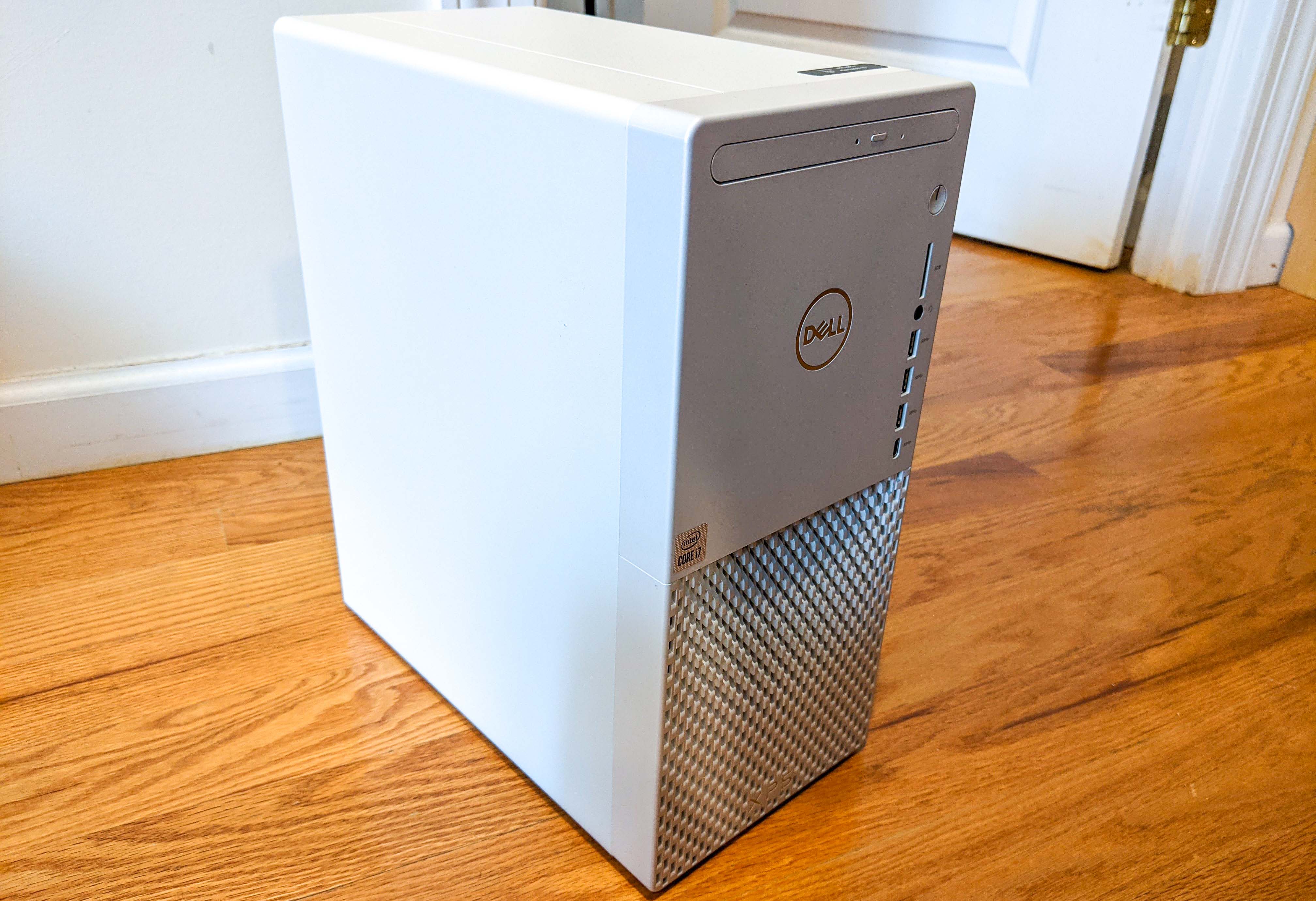
The Dell XPS 8940 is one of the best PCs for students because it’s a solid entry-level machine that’s small, quiet, affordable, and packed with components powerful enough to tackle any school project — or play the latest games at a steady clip.
The XPS 8940 is a great investment for students because it packs those powerful components into a low-key, unassuming chassis that won’t look out of place in a dorm or office setting. And while the inside is a little cramped, there’s plenty of room to tinker and upgrade as your needs change, and you don’t need any tools to open up the chassis — you just need to remove two thumb screws and a side panel.
Read our full Dell XPS 8940 review.
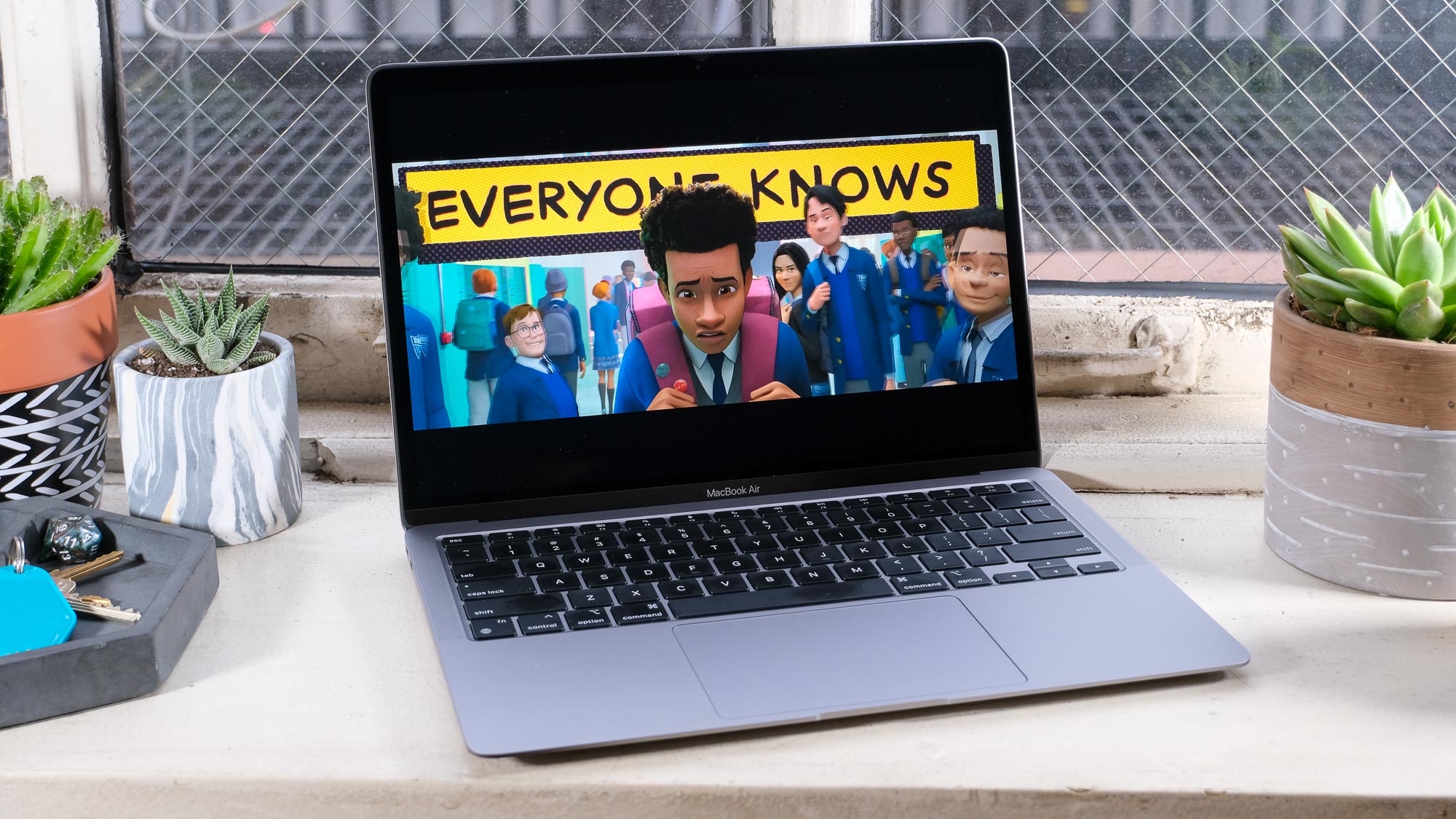
The new MacBook Air will keep its charge through multiple classes, breaks and all-nighters. We mean that, as it survived on the Tom’s Guide battery test for 14 hours and 41 minutes, the longest-lasting MacBook Air ever. Its performance is also significantly improved: the M1 chip makes the MacBook Air a shockingly decent system in multiple ways, giving it plenty of power for your studies.
Plus, you can run iOS and iPadOS apps on the MacBook Air, as its M1 processor is similar to the A-series iPhone and iPad processors. Living the remote learning life? You’ll look clearer and more accurate than ever, as signal processing in the M1 makes the MacBook Air webcam better than ever. Also, its Magic Keyboard is really great for typing comfortably for hours on end.
Read our full Apple MacBook Air M1 (late 2020) review.
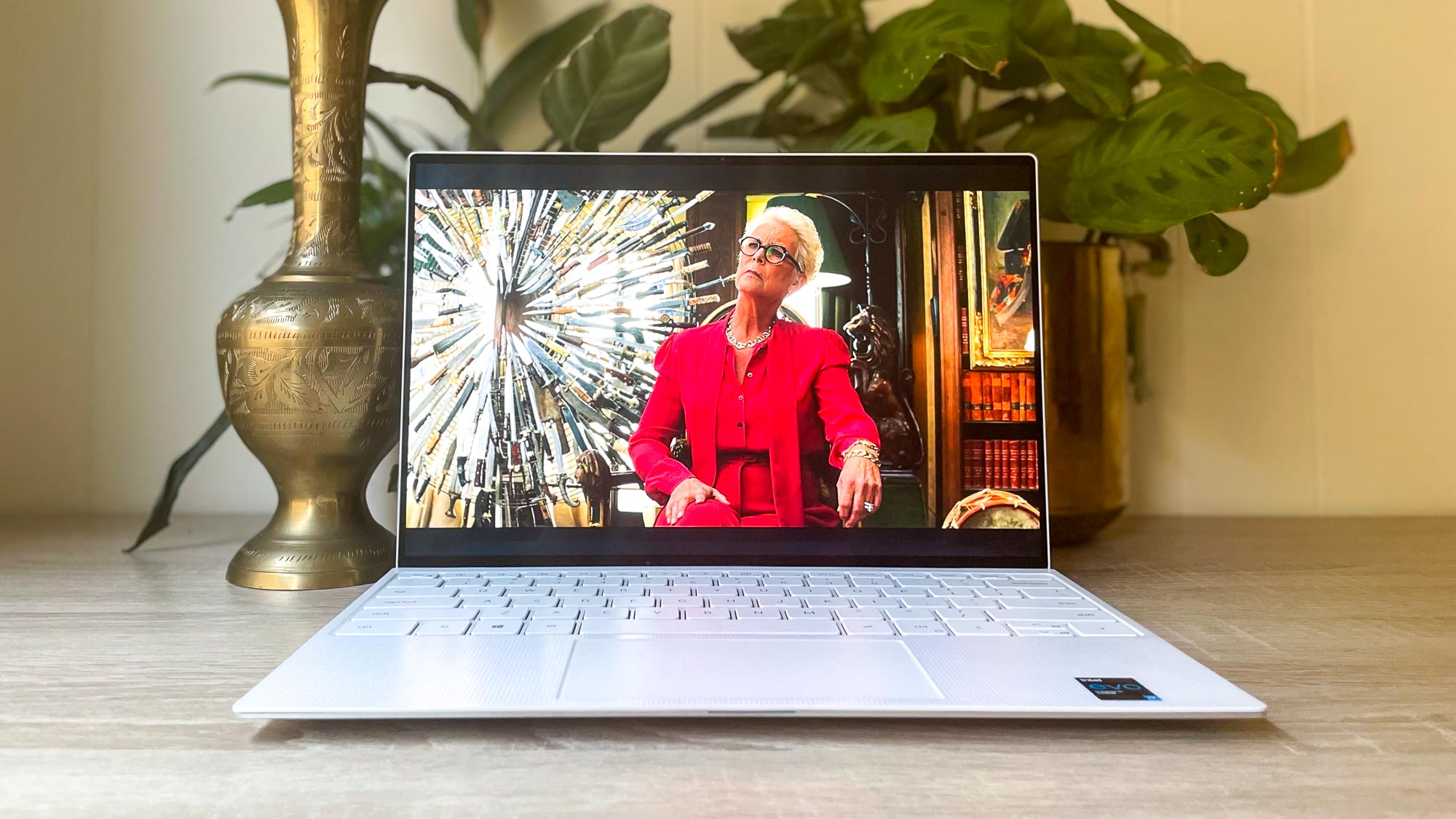
If you’ve got a decent budget and want a compact, powerful Windows laptop that will last you through a few years at school, the Dell XPS 13 is a great choice. It’s one of our favorite laptops thanks to its excellent performance, beautiful display, and svelte design. While the battery life isn’t as good as some other laptops of similar price, it’s usually more than enough to get you through a day of classes without scrambling for a charger.
Plus, in 2021 Dell began offering the XPS 13 with a 3.5K OLED touchscreen option. If you can afford the upgrade (it’s usually a couple of hundred bucks extra, around the same price as the non-OLED 4K screen configuration) it’s well worth the investment, as the OLED’s deep, inky blacks, vibrant colors, and high contrast ratios really shine when mounted in the XPS 13’s thin-bezelled InfinityEdge design. It’s so good that it won the awards for best laptop display and best laptop overall in our Tom’s Guide Awards 2021.
Read our full Dell XPS 13 OLED review.
Not interested in OLED? Don’t miss our Dell XPS 13 (2020, 11th Gen) review.

If you prefer Macs, the Apple iMac 2021 (24-inch) is a great student computer for those who can afford it because it offers a beautiful display, an excellent webcam and an array of bright new color schemes. This is also the first iMac to incorporate Apple’s M1 chip, a custom bit of silicon that’s already proven itself to be powerful and efficient in the M1 MacBook Air, the M1 MacBook Pro, and the Mac mini with M1.
Here it gives this 24-inch all-in-one (which means the PC components are packed into the monitor, so there’s no separate tower) enough power to handily run all your favorite school apps with power to spare. However, if you want to play the latest games after school you’re probably better off with the 27-inch iMac and its discrete Radeon graphics card. But if you just want a powerful, beautiful machine for getting schoolwork done, this M1-powered iMac is more than capable of handling just about any task a student might throw at it.
Read our full Apple iMac 24-inch review.
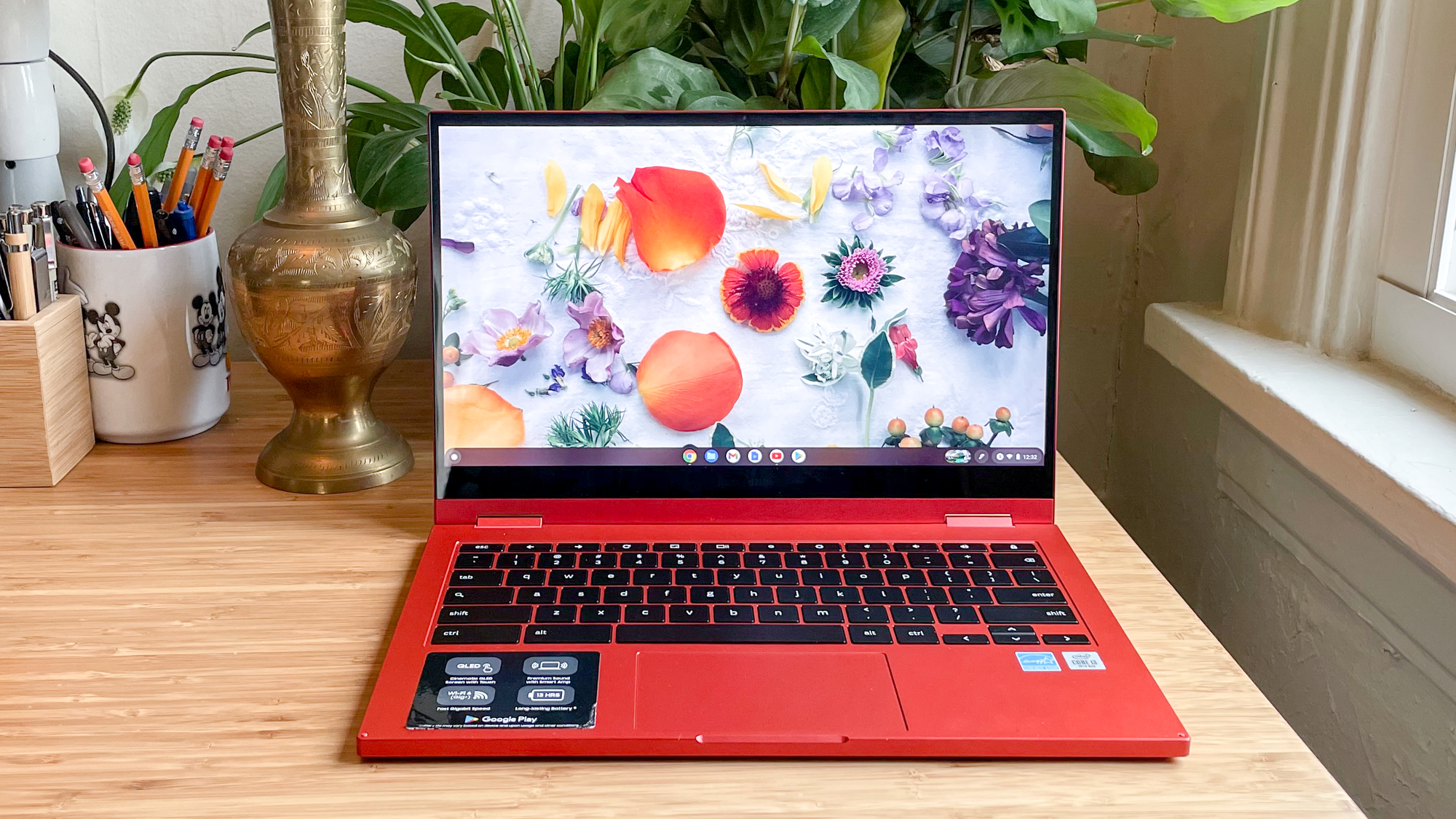
The Samsung Galaxy Chromebook 2 is a premium Chromebook that’s great for students because it offers a beautiful QLED display, great sound, and 8 hours of battery life. Plus, its Core i3 configuration provides a ton of speed for Chrome OS.
We weren’t as happy with the vertical travel in its keyboard, which is a bit shallow. This creates a slight learning curve you’ll adapt to over time. But to get a Chromebook that looks this good — wow that Fiesta Red color option stands out in a sea of silver Chromebooks and PCs. Plus, at $549 (Celeron) or $699 (Core i3), the Galaxy Chromebook 2 is a pretty great value.
Read our full Samsung Galaxy Chromebook 2 review.
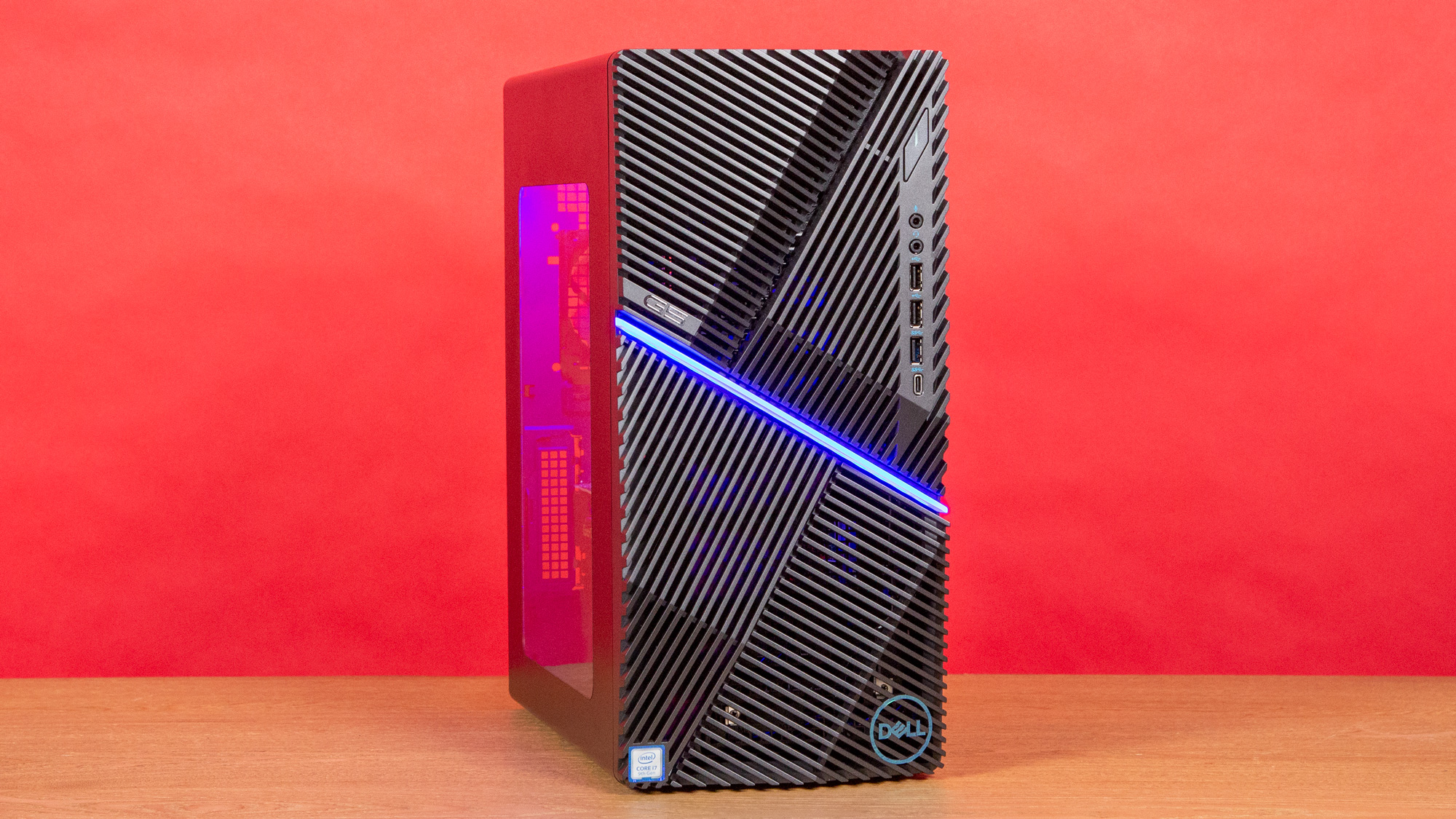
The Dell G5 5090 is another great PC for students who want a solid entry-level machine that’s very easy to upgrade. A bit cheaper than the XPS 8940 which leads this list, the G5 5090 delivers a modest Core i3 processor and Nvidia GTX 1650 card for less than $1k, which is more than enough power for day-to-day schoolwork. If you want more power for gaming or graphically-intensive schoolwork (like video editing or game development) the G5 5090 can be ordered with up to a Core i7 CPU and RTX 2080 GPU — if you have the budget to spare.
One of the G5’s biggest selling points is its sleek, foolproof chassis, which is incredibly easy to open up should you want to swap out components over time. This makes it a great investment for a student because you have room to tinker with it and upgrade over time as your needs change. Overall, if you need a good, affordable desktop that you can make more powerful over time, the Dell G5 5090 is a great choice.
Read our full Dell G5 5090 review.
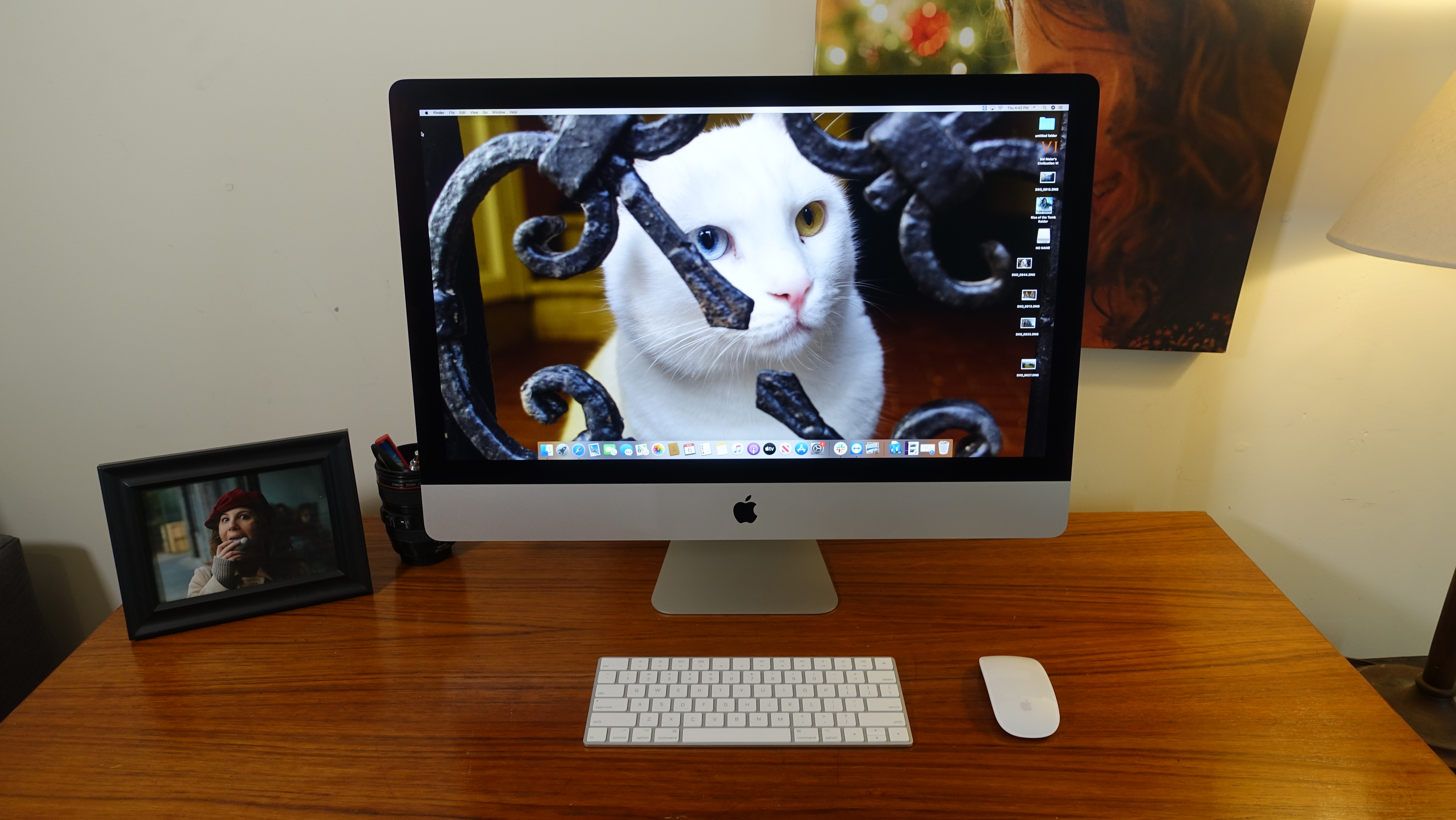
The Apple iMac 27-inch (2020) is an expensive, powerful all-in-one PC that will serve you well if you’re doing a lot of video editing, design, or photo editing coursework. That’s because it sports a Retina 5K display, which has 5120 x 2880 pixels of colorful detail, as well as P3 wide color gamut support. It also has TrueTone color temperature adjustment, which automatically shifts the color on screen to look best for the ambient light in the room.
Inside the screen are some pretty powerful components, too: Intel 10th-generation processors, AMD Radeon Pro 5000 series graphics, and perhaps most importantly, a 1080p webcam — a big step up from the 720p cameras used in older iMacs. Other highlights of the 2020 iMac included enhanced speakers and optional nano-texture display that reduces glare. All in all, it’s a slick, powerful, expensive all-in-one that’s more than capable of handling just about any schoolwork you’ll face.
Read our full Apple iMac 27-inch (2020) review.
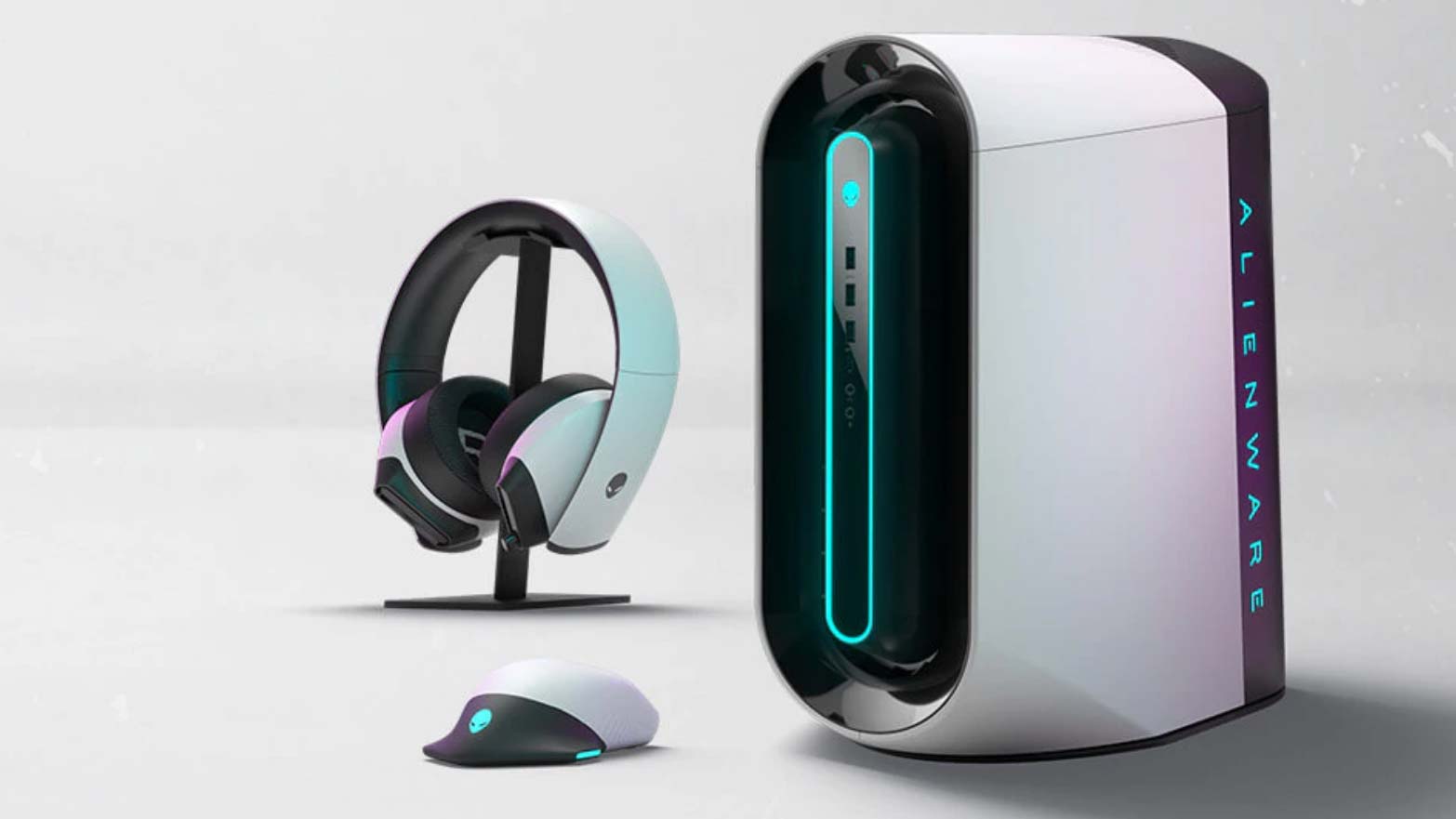
Sometimes a student just wants the coolest, fastest, flashiest PC possible. For those students, we recommend the Alienware Aurora R11 because it’s currently one of the best gaming PCs you can buy, whether you go for a modest model that costs $1,000, or a mighty behemoth that costs $5,000. This gorgeous, highly customizable device features a slick chassis with a striking oval faceplate, as well as hardware up to an Intel Core i9 CPU and an Nvidia GeForce RTX 3090 GPU.
The system can get pretty pricey, and the built-in Alienware software can be tetchy at times. But generally speaking, the Aurora R11 is built from the ground up to run the latest and greatest games at peak settings, and all that power also makes it a great machine for computationally-intensive schoolwork like 3D rendering and game development. It’s relatively easy to upgrade too, thanks to a tool-free back plate and a fair amount of space inside for additional RAM and storage.
Read our full Alienware Aurora R11 review.
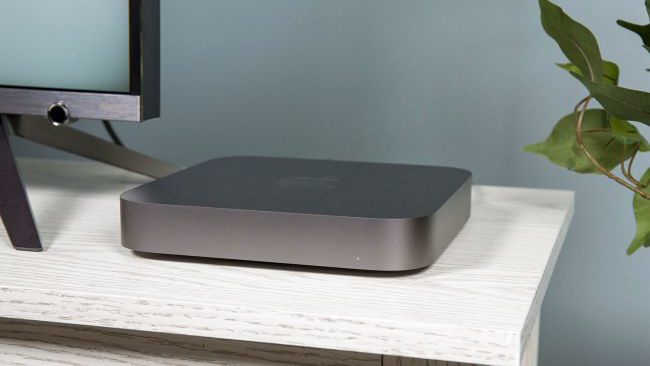
Sometimes a student wants a slim, subtle PC to sit unobtrusively on their desk. For those students we recommend the Apple Mac mini with M1: it’s is everything we loved about the Mac mini, but now it’s cheaper and faster thanks to the addition of Apple’s custom M1 chip.
While the M1 chip’s lack of support for Boot Camp makes running Windows on this machine tricky, for students who prefer macOS this is a no-brainer: The M1 Mac mini is the most affordable of Apple’s new crop of Macs, and it delivers huge value for a decent price. You won’t be playing the latest PC games or crunching huge video files with ease, but for most schoolwork, the Mac mini with M1 should be more than capable enough. You’ll need to hook it up to your own monitor, keyboard, and mouse, but that’s par for the course when purchasing PCs.
Read our full Apple Mac mini with M1 review.
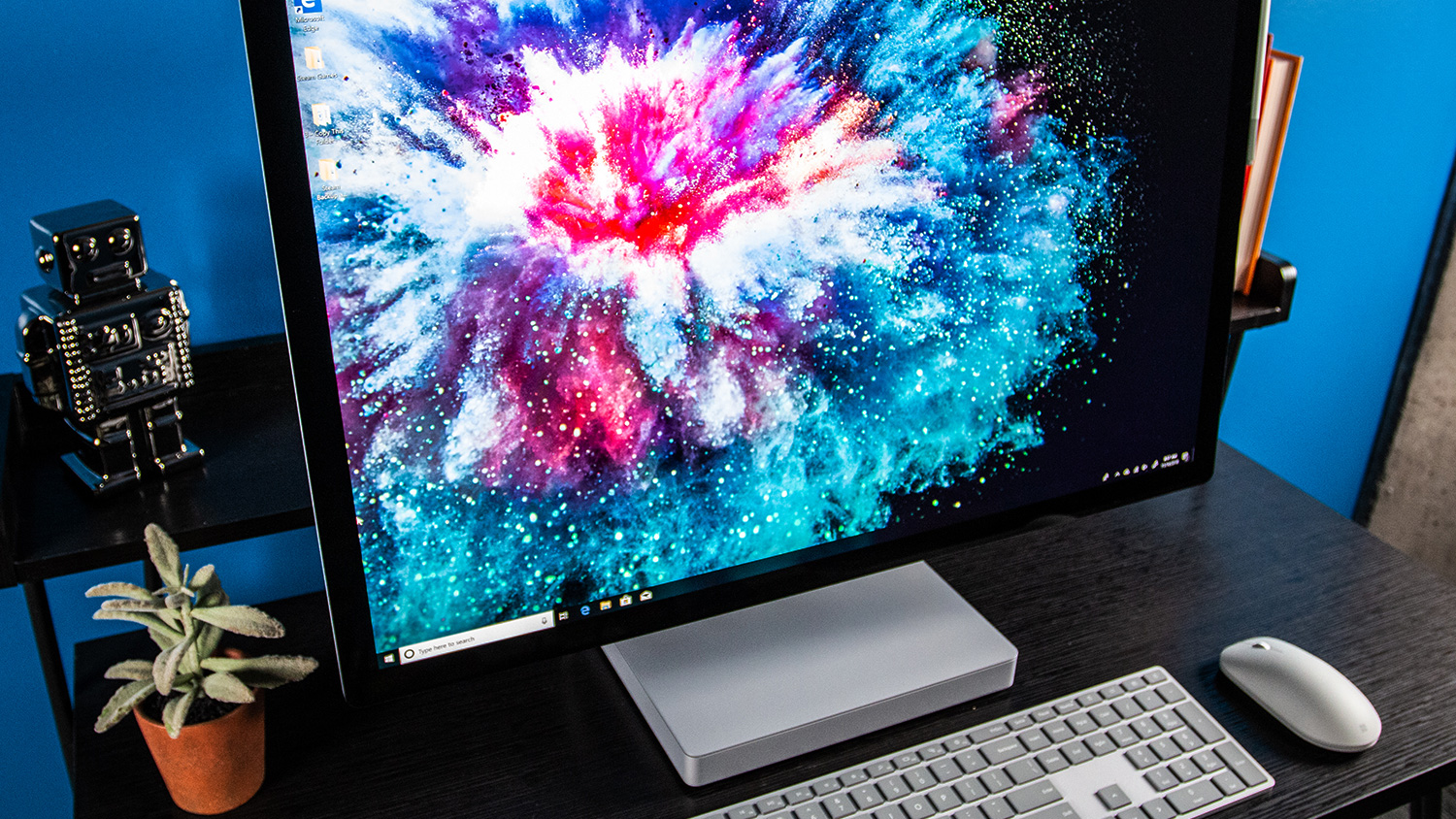
While it’s quite pricey, the Microsoft Surface Studio 2 is the best thing around for digital art students thanks to a gorgeous touchscreen that drops down low for comfortable touch and pen use. The better-than-4K display looks amazing, the touch screen supports both the Surface Pen and Surface Dial and the design is top-notch. The design alone would make this the best touchscreen all-in-one for drawing, but the addition of best-in-class pen support takes it up another level.
It should also be powerful enough to handle your coursework and a bit of gaming after hours because it has beefier processing and graphics hardware than the original Studio, as well as all-solid-state drives for storage, plus an even better version of the PixelSense display that offers enhanced brightness and contrast. It’s one of the best all-in-one computers we’ve seen, and our top pick for students who dream of being artists and media creators.
Read our full Microsoft Surface Studio 2 review.
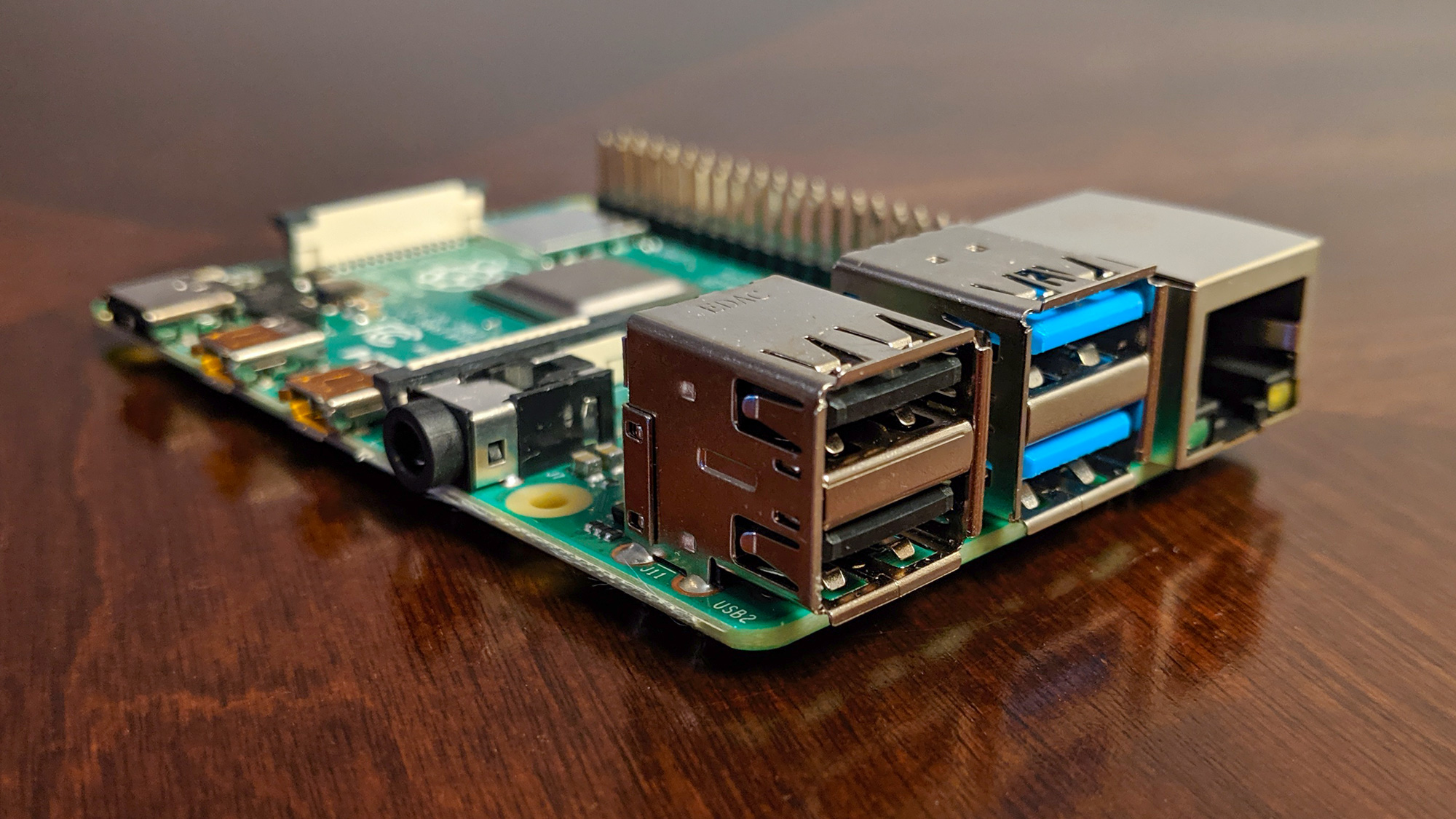
The Raspberry Pi ushered in a new era of DIY tech, and the $35-$55 Raspberry Pi 4 Model B pushes that to new heights with a more powerful processor, 4K video output and an improved part selection. While this incredibly affordable DIY PC is powerful enough to work as a standalone PC in a pinch if you want to install Windows on it, that’s not really the ideal way to use this computer.
Instead, the Raspberry Pi 4’s real value for students lies in how many projects you can build with it. While it’s nothing more than a fancy circuit board out of the box, once you kit it out with a power supply, monitor(s), and whatever input devices you prefer, you can turn it into everything from a tiny PC to a web server to a home media center or a retro gaming machine.
If you want a ready-made PC for homework and papers you’d be better off with another PC on this list, but if you want a cute little DIY PC board you can use for all sorts of cool student projects, you can’t go wrong with the Raspberry Pi.
Read our full Raspberry Pi 4 Model B review.
How we test computers
As we evaluate and review all sorts of computers — such as best all-in-one computers, best gaming PC and best mini PCs — we run a series of standardized tests to measure how each machine performs, what uses it’s best suited to, and what sort of capability you get for the price.
These standard tests include generalized performance benchmark tests, like Geekbench 4 and 5 (for processor performance), 3DMark Fire Strike Ultra (for graphics), and a custom file transfer test to measure hard drive performance.
Gaming-oriented benchmarks test the performance of systems using current games, measuring the frame rates each desktop will produce in games like Tomb Raider, Far Cry: New Dawn, Red Dead Redemption 2 and Middle-earth: Shadow of War. We’ll also run individual game tests and the SteamVR performance test to evaluate how well-suited they are to the unique demands of virtual reality.
Most importantly, we spend a ton of time simply using each desktop computer for everyday activities. We watch movies, do work, play games, and blast music on the speakers, all to get a better sense of which ones are worth your money.
